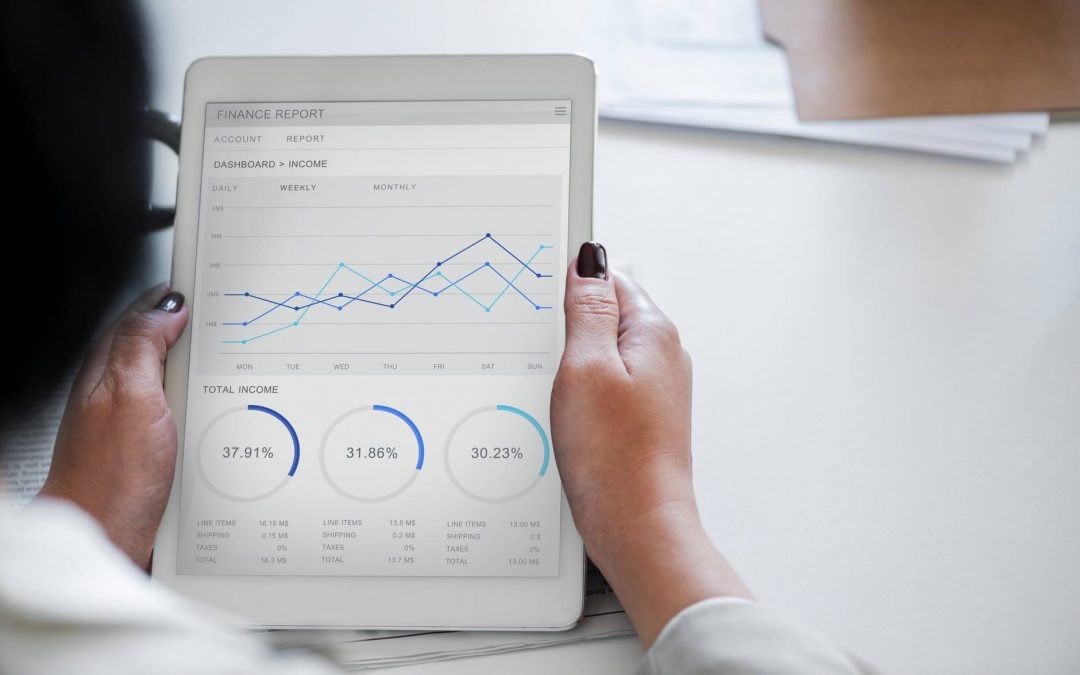The B2B2C landscape is complex in its own way. The need to sell products to a customer, who is not going to consume it directly makes the buyer-seller relationship fairly nuanced. On top of that, there’s the challenge of ensuring product data quality and of managing data from a variety of sources. Product data and a variety of other data from operational sources have become critical to gain greater insights about customers and prospects as well as to help drive buying decisions.
When it comes to analytics. The question is no longer a question of if, but when and how!
Modern analytics solutions allow B2B2C organizations to leverage statistical algorithms and machine learning techniques to provide the best assessment of what will happen in the future, based on historical data. Using these insights, you can drive substantial revenue performance gains. As the practice of Analytics has evolved, there are now multiple areas of business where analytics can play a role.
Here are 4 key analytics your B2B2C organization should care about:
Supply chain analytics
Reducing demand/supply uncertainties and tackling SKU and cost complexity in a multi-node supply chain is a complex challenge for B2B2C organizations. Modern supply chains generate enormous amounts of data. With supply chain analytics, not only can you make sense of all this data, but also use it to improve the quality and delivery of your product portfolio, the end-customer experience, and ultimately your profitability. Better management of the supply chain will also promote better relationships with the downstream distributor partners by ensuring better availability and service.
In the supply chain world,
- Demand analytics can help you understand how aligned your sales forecast is with actual sales.
- Procurement analytics can allow you to bag the lowest landed cost and secure long-term, high-quality supplier relationships.
- Inventory analytics can help you decide what stock you should keep, where you should locate it, and what products you should ship, when, and where.
- Logistics analytics can enable you to optimize your transportation routes and loads.
- Customer service analytics can provide insights on how you can reduce manpower costs – without hampering customer service.
Sales forecasting
Accurately estimating future sales is a critical decision every B2B2C organization has to make. The complex, two-step, sales cycle introduces lags in the order-fulfillment flow, and this can play havoc with production, stocking, and inventory management. Analytics-driven sales forecasts can help B2B2C businesses make informed decisions about their workforce, cash flow, and resource requirements, and predict short-term and long-term performance. This will help increase top-line growth, optimize sales operations, and increase end-sales predictability. In the sales world,
- Sales forecast analytics can help you meaningfully project your sales figures.
- Pricing analytics can tell you if you are selling your products at the right price, and the right time.
- Sales lead analytics can help you understand how you can maximize the efficiency of the lead generation and lead conversion processes at your end as well as with your distributor.
- Product analytics can allow you to get insight into how your products are selling, and if the addition of new products will hamper the performance of existing products.
Customer intelligence
Building deeper and more meaningful relationships with distributors and further downstream with end-customers has always been a critical driver for B2B2C success. Better customer relationships can be driven by acting on insights into customer behavior and the experience they expect from B2B2C organizations. Customer intelligence maximizes cross-sell and up-sell opportunities and enhances Customer Lifetime Value. To understand your customer better,
- Customer segmentation analytics can help you get to know your customer base and their profiles.
- Churn analytics can provide insight into why you’re losing customers, and what you can do to reduce customer churn.
- Product information A key insight is also what product content is helping drive buyer journeys forward and what gaps exist in the available product content.
- Loyalty analytics can deliver insight into your most loyal customers, and how you can widen your loyal customer base.
- Cross-sell/up-sell analytics can help you identify cross-sell or up-sell opportunities within your existing customer base and capitalize on them to improve sales.
Market intelligence
Various market forces directly or indirectly influence B2B2C organizations. If you want to bring context to market insights, market intelligence can not only help you precisely design your market penetration strategy, but also build better product portfolios, and drive better sales outcomes. These analytics can help you know your market better,
- Market mix modeling analytics can help you understand the impact of your marketing mix on future sales, and tweak strategies to maximize your marketing ROI – both for the businesses who sell your products, and your end-customer.
- Attribution modeling analytics can allow you to determine the impact of each marketing and distribution channel on overall sales and the degree to which one channel is impacting the other.
- Media mix optimization analytics can help you evaluate the performance of all your marketing campaigns and identify channels and messages that resonate best with your audience, in case you want to make an additional investment.
Be ready for the future
The ability to make data-driven decisions, based on an understanding of all the relevant data, is quickly becoming the difference between successful and unsuccessful businesses. Advanced analytics is helping B2B2C organizations consume both structured and unstructured data and make timely, data-driven decisions.
If you want to build a correlation between the various forms of data and generate patterns for better decision-making, it is time to implement analytics in the supply chain, sales forecasting, customer intelligence, and market intelligence. This may be the key to minimize risks, and operational costs, and be future-ready.
